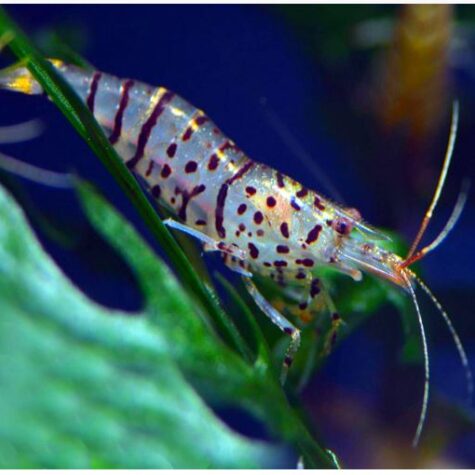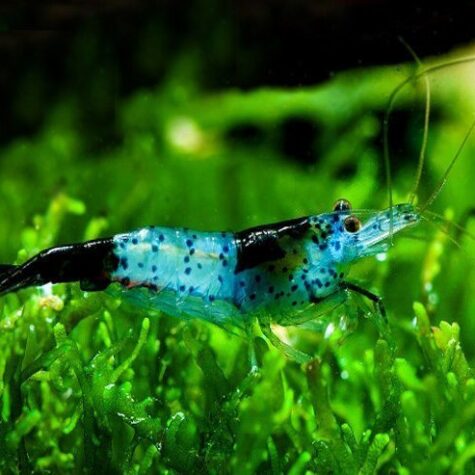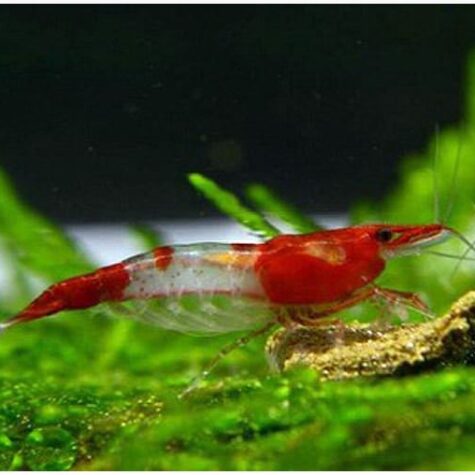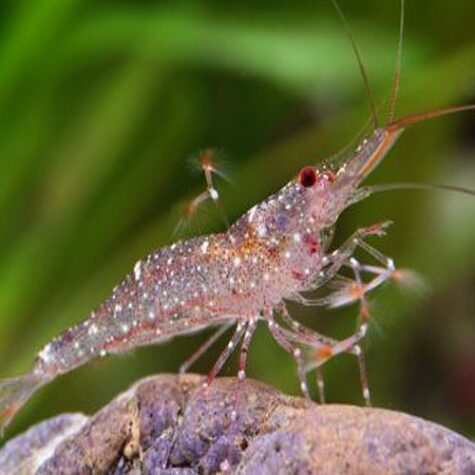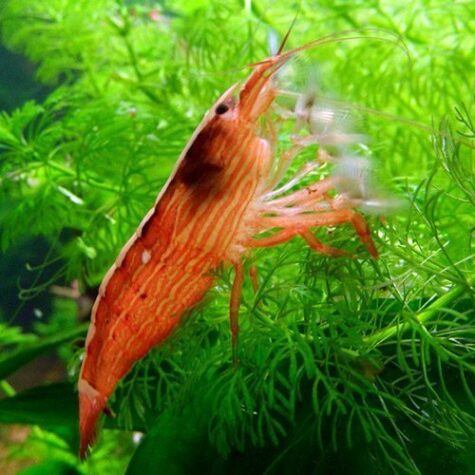$12.99
*NOTE: AS A FISH FARM, WE DO NOT OFFER GENDER SPECIFIC SEXING ON FISH STOCK. REQUEST FOR MALES OR FEMALES CAN ONLY BE ACCOMMODATED IF THE ITEM SPECIFIES GENDER IN THE DESCRIPTION SUCH AS: MALE BETTA, FEMALE GUPPY, ETC SORRY FOR ANY INCONVENIENCE.
Out of stock
Native to: Indo-Pacific region, northern Australia and Southeast Asia
Freshwater prawns will make a unique addition and increase the efficiency of your aquarium or pond. Prawn are hardy, easy to grow and a highly valued item as they consume detritus/waste, thereby helping to break down and convert organic matter into material that can be used by plants. They also eat noxious snails and can be used to control or eliminate them in aquatic systems. Tropical freshwater prawns will survive water temps between 55° F and 104° F, with the optimum temp being 78° F to 88° F. Freshwater prawns may live as long as three years or more.
This species (as well as other Macrobrachium) is commercially important for its value as a food source.
While M. rosenbergii is considered a freshwater species, the larval stage of the animal depends on brackish water. Once the individual shrimp has grown beyond the planktonic stage and become a juvenile, it will live entirely in freshwater.
There are three different morphotypes of males.
The first stage is called “small male” (SM); this smallest stage has short, nearly translucent claws. If conditions allow, small males grow and metamorphose into “orange claws” or “red claws” (called OC Males), which have large colored claws on their second chelipeds, which may have a length of 0.8 to 1.4 their body size. These males later may transform into the third and final stage, the “blue claw” males (called BC Males). These have blue claws, and their second chelipeds may become twice as long as their body. The stage in which we generally ship these prawn is usually between the first & second stage of life. We do not generally ship larger 3rd stage prawn as they tend to tear the plastic bags in which they are packed and thus not ship very well.
Male M. rosenbergii have a strict hierarchy: the territorial BC males dominate the OCs, which in turn dominate the SMs. The presence of BC males inhibts the growth of SMs and delays the metamorphosis of OCs into BCs; an OC will keep growing until it is larger than the largest BC male in its colony before transforming. All three male stages are sexually active, and females who have undergone their pre-mating moult will co-operate with any male to reproduce. BC males protect the female until their shell has hardened; OCs and SMs show no such behavior.
In mating, the male deposits spermatophores on the underside of the female’s thorax between the walking legs. The female then extrudes eggs which pass through the spermatophores. The female carries the fertilized eggs with her until they hatch. Time may vary but is generally less than three weeks. Females can potentially lay 10,000–50,000 eggs up to five times per year. From these eggs hatch zoeae, the first larval stage of crustaceans and they go through several larval stages before metamorphosing into postlarvae, at which stage they are 0.28–0.39 inch (7.1–9.9 mm) long and resemble adults. This metamorphosis usually takes place about 31 to 35 days after hatching. These postlarvae then migrate back into freshwater.
If you have any questions about this prawn contact Arizona Aquatic Gardens!
